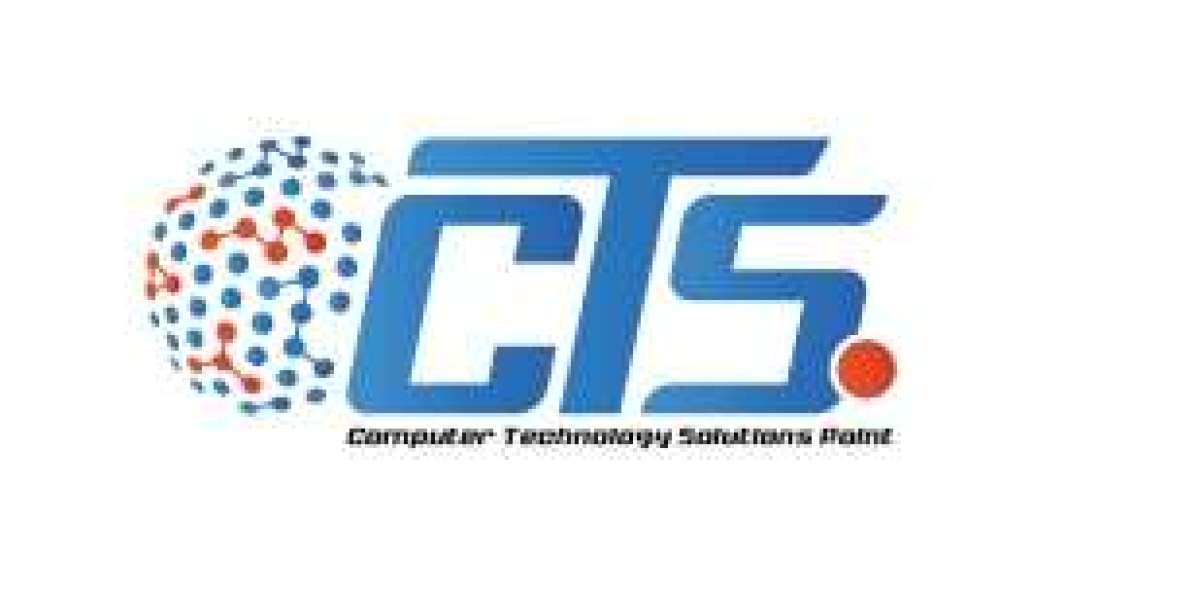Introduction
An internal hard drive is a critical component of any computer, serving as the primary storage device for the operating system, applications, and user data. Whether it's a desktop, laptop, or server, the internal hard drive plays a vital role in determining how quickly and efficiently data is stored and retrieved. It is essential to understand the different types of internal hard drives and how they impact overall system performance.
What is an Internal Hard Drive?
An internal hard drive is a storage device installed inside a computer or server, designed to store and retrieve digital data. It connects directly to the motherboard via cables, such as SATA (Serial Advanced Technology Attachment) or NVMe (Non-Volatile Memory Express), allowing fast data transmission between the drive and the system. These drives are responsible for holding the operating system, software programs, and personal files such as documents, videos, and photos.
There are two main types of internal hard drives: Hard Disk Drives (HDDs) and Solid-State Drives (SSDs). Each offers different advantages in terms of speed, durability, and storage capacity.
Hard Disk Drive (HDD)
HDDs are traditional mechanical drives that use spinning disks, or platters, to read and write data. They have been around for decades and are known for offering large storage capacities at an affordable price. However, because they rely on mechanical parts, HDDs are generally slower and more prone to wear and tear compared to SSDs. Despite this, they remain popular for applications that require significant storage space, such as archiving large amounts of data or storing media files.
Solid-State Drive (SSD)
SSDs, on the other hand, are newer and use flash memory to store data. This technology allows for much faster read and write speeds than HDDs, as there are no moving parts involved. SSDs are more durable and energy-efficient, making them ideal for laptops and high-performance computers. While SSDs are more expensive per gigabyte than HDDs, their speed and reliability often make them the preferred choice for system drives and applications requiring quick access to data.
Benefits of Internal Hard Drives
Internal hard drives offer numerous benefits, including high-speed data access and large storage capacities. For general-purpose computers, an internal hard drive provides enough storage space for everyday tasks, such as running an operating system, installing software, and saving files. In gaming PCs and workstations, high-capacity HDDs or fast SSDs ensure that applications and games load quickly, improving overall system responsiveness.
Another key advantage is data security. Since internal hard drives are housed within the computer case, they are less prone to physical damage compared to external drives. Furthermore, they can be used with RAID (Redundant Array of Independent Disks) configurations for data redundancy, providing added protection against data loss.
Choosing the Right Internal Hard Drive
When selecting an Internal Hard Drive, consider the required storage capacity and performance needs. For users who need extensive storage, HDDs may be a cost-effective solution. However, for those who prioritize speed and performance, SSDs are the better choice. Many users opt for a hybrid setup, using an SSD for the operating system and applications, and an HDD for large files like media or backups.
Conclusion
Internal hard drives are essential components of a computer’s infrastructure, influencing its storage capacity, speed, and overall performance. Whether choosing an HDD for large-scale storage or an SSD for high-speed data access, the right internal hard drive can significantly enhance a system's efficiency and functionality.



